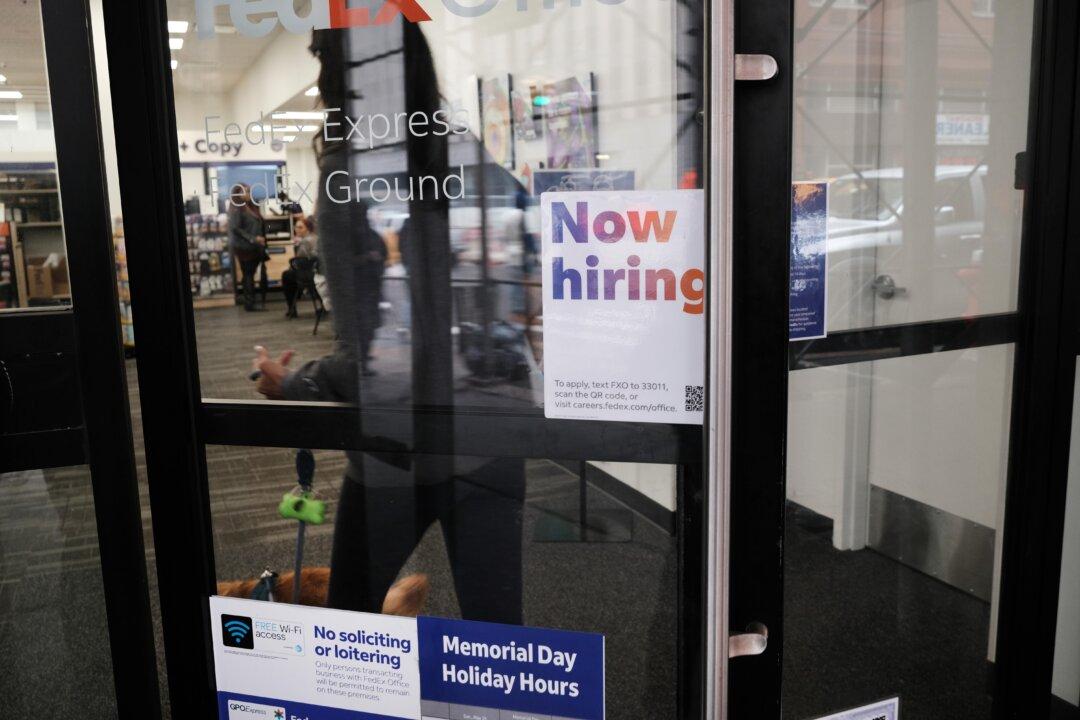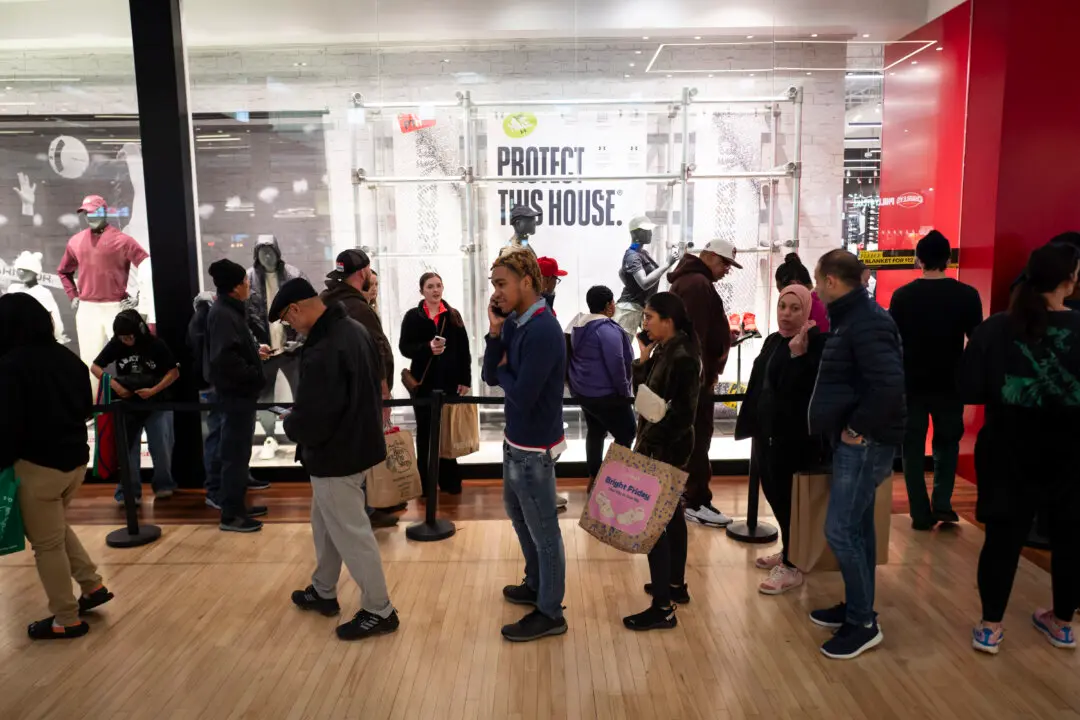After hitting a peak in March, the number of job openings has been falling since, a potential indicator that the labor market could be slowing down.
The number of job openings tumbled by 605,000, to 10.7 million, in June, falling short of the market estimate of 11 million. The rate of job openings dropped to 6.6 percent from 6.9 percent.





